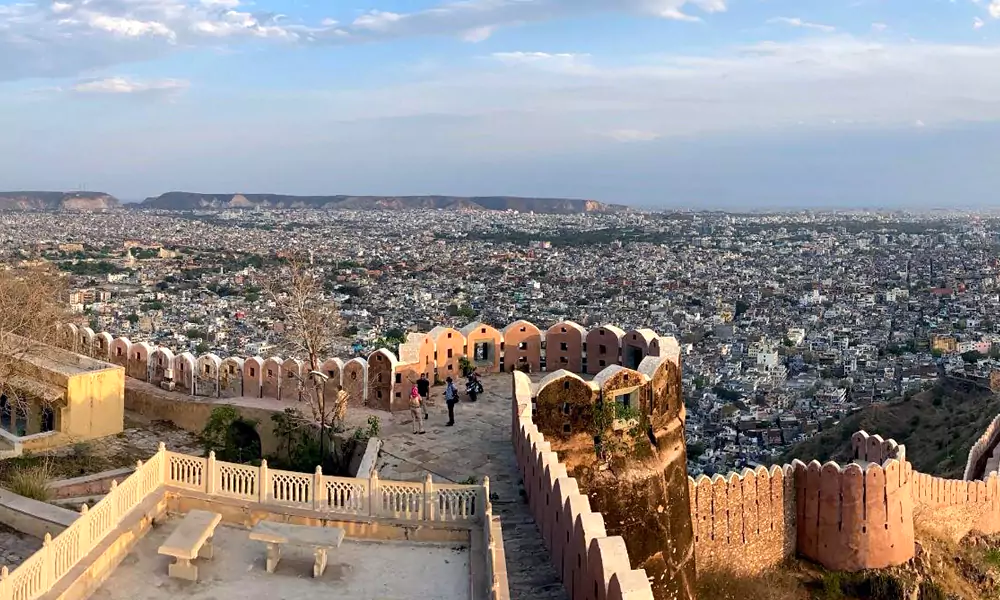
Perched atop the rugged Aravalli Hills, Nahargarh Fort stands as a silent sentinel overlooking the vibrant city of Jaipur, Rajasthan. Built in the 18th century, this majestic fort is a testament to the rich history and architectural prowess of the Rajputana era. Nahargarh, which translates to “Abode of Tigers,” was initially constructed as a retreat and defence fortification. Today, it offers visitors a glimpse into the past, stunning views of Jaipur, and a serene escape from the hustle and bustle of the city.
Timings and Ticket Price
Timings
Nahargarh Fort is open to visitors every day of the week. The visiting hours are as follows:
- Monday to Sunday: 10:00 AM – 6:00 PM
Ticket Price
The entry fee for Nahargarh Fort varies for Indian and foreign tourists:
- Indian Tourists: ₹50 per person
- Foreign Tourists: ₹200 per person
There are also additional charges for visiting certain sections of the fort, such as the Nahargarh Biological Park and the Wax Museum, which are located within the fort premises.
History
Nahargarh Fort was commissioned by Maharaja Sawai Jai Singh II, the founder of Jaipur, in 1734. The fort was primarily built as a retreat for the royal family and also served as a formidable defensive structure. The name “Nahargarh” is derived from Nahar Singh Bhomia, a prince whose spirit is believed to have haunted the site and disrupted the construction. Legend has it that his spirit was appeased through rituals and the fort was named in his honor.
The fort played a significant role during various historical events, including the Indian Rebellion of 1857, when it provided refuge to several Europeans residing in the region. Over the years, Nahargarh Fort has undergone several renovations and expansions, adding to its grandeur and historical significance.
Architecture
Nahargarh Fort is a splendid example of Indo-European architecture. The fort’s design seamlessly blends Rajput and European styles, resulting in a unique and visually appealing structure. The fort is adorned with intricate frescoes, ornate carvings, and beautifully painted walls that showcase the artistic brilliance of the era.
The fort complex is divided into several sections, including the palace, temples, and water reservoirs. The most notable feature of the fort is the Madhavendra Bhawan, a palace built by Sawai Madho Singh II in the 19th century. This palace consists of suites for the king and his queens, each with luxurious living spaces, kitchens, and bathrooms. The palace is designed in such a way that each suite is connected by corridors, ensuring privacy and security for the royal family.
Another architectural marvel within the fort is the Nahargarh Stepwell, also known as the Baoli. This intricately designed step well served as a water reservoir and is a fine example of the engineering prowess of the time.
Significance
Nahargarh Fort holds immense historical, architectural, and cultural significance. It is a symbol of the valour and grandeur of the Rajput rulers and their architectural brilliance. The fort’s strategic location on the Aravalli Hills provided a vantage point for monitoring and defending the city of Jaipur.
Apart from its historical importance, Nahargarh Fort has also become a popular tourist destination. The fort offers panoramic views of Jaipur, making it a favourite spot for photographers and nature enthusiasts. The serene ambience and the stunning sunset views from the fort add to its charm, making it a must-visit destination for anyone exploring Jaipur.
Best Time to Visit
The best time to visit Nahargarh Fort is during the winter months, from October to March when the weather is pleasant and ideal for exploring. The temperature during this period ranges from 10°C to 25°C, providing a comfortable environment for sightseeing.
Visiting the fort during the early morning or late afternoon is recommended to avoid the midday heat and to witness the breathtaking views of the sunrise or sunset over Jaipur. The monsoon season, from July to September, also offers a unique experience with lush green surroundings and a cooler climate, though occasional rain showers can be expected.
How to Reach
Nahargarh Fort is located approximately 6 kilometres from the city centre of Jaipur and is easily accessible by various modes of transportation:
Road
- Taxi/Auto-rickshaw: Taxis and auto-rickshaws are readily available in Jaipur and can be hired to reach Nahargarh Fort.
- Private Vehicle: Visitors can drive their vehicles or rent a car to reach the fort. There is ample parking space available at the fort.
Air
- Nearest Airport: The nearest airport is Jaipur International Airport, located approximately 20 kilometres from Nahargarh Fort. From the airport, visitors can hire a taxi or use public transport to reach the fort.
Train
- Nearest Railway Station: Jaipur Junction is the nearest railway station, located about 8 kilometres from Nahargarh Fort. From the railway station, visitors can hire a taxi or take an auto-rickshaw to reach the fort.
Nearby Attractions
Nahargarh Fort is situated near several other popular tourist attractions in Jaipur:
1. Jaigarh Fort
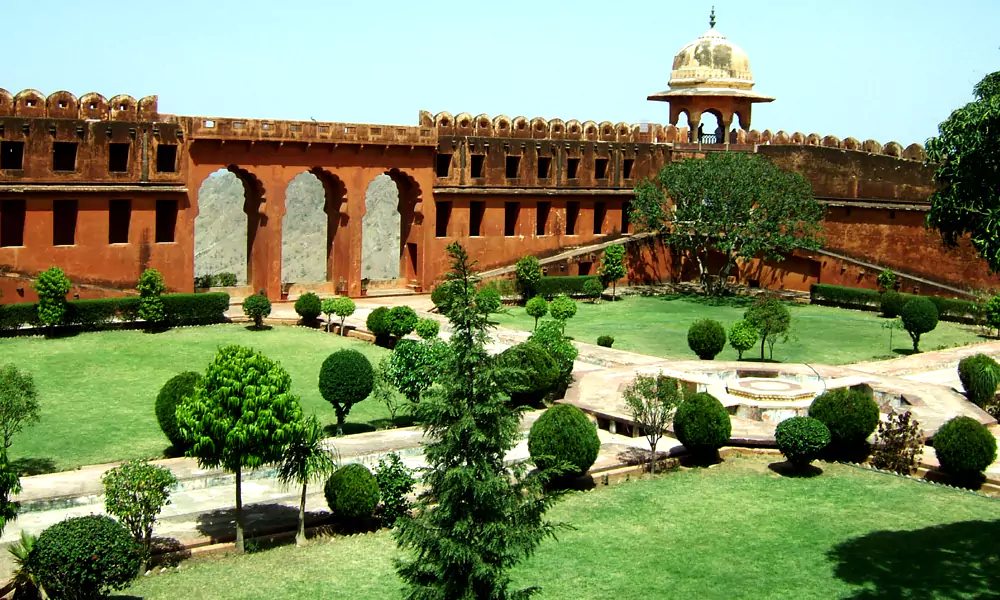
Located just a few kilometres from Nahargarh Fort, Jaigarh Fort is another majestic fort built by Maharaja Sawai Jai Singh II. It houses the world’s largest cannon on wheels, Jaivana, and offers stunning views of the Aravalli Hills and the Amber Fort.
2. Amber Fort
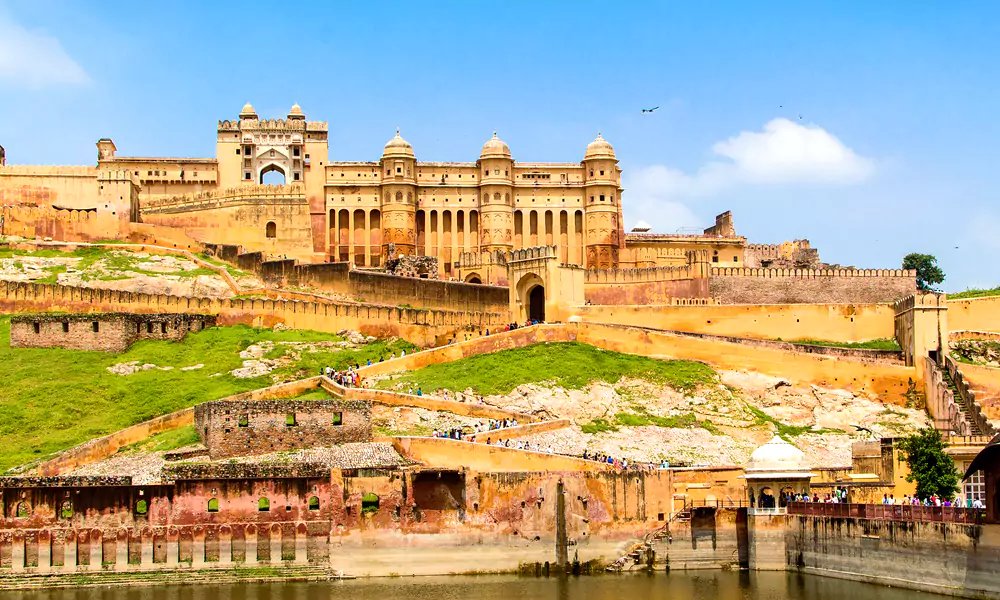
Amber Fort, also known as Amer Fort, is a UNESCO World Heritage Site and one of the most visited forts in Rajasthan. Its magnificent architecture, intricate carvings, and mirror work make it a must-visit attraction.
3. Jal Mahal
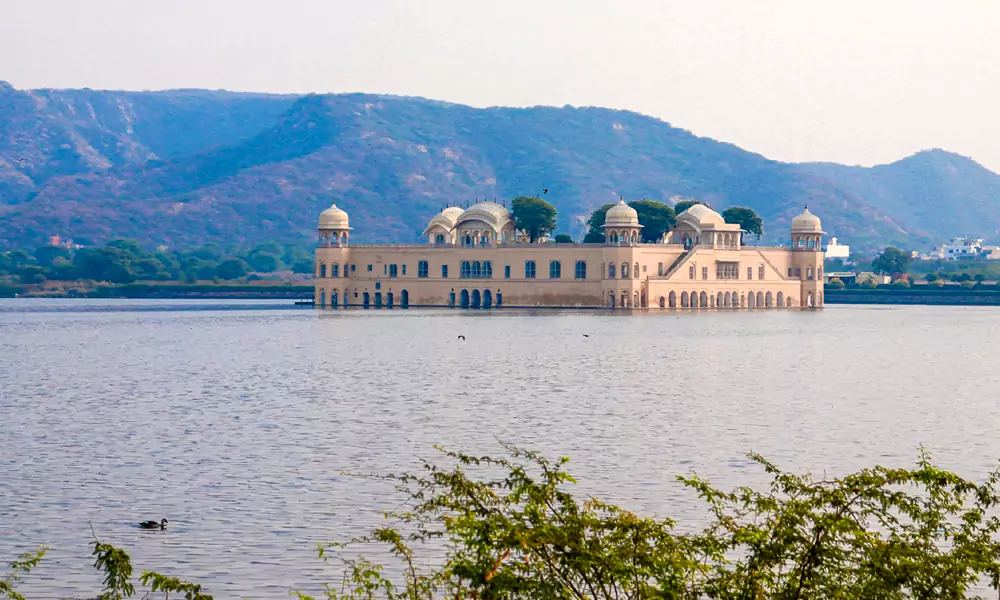
Jal Mahal, or the Water Palace, is a beautiful palace situated in the middle of Man Sagar Lake. Its picturesque setting and unique architectural style make it a popular spot for photography and sightseeing.
4. City Palace
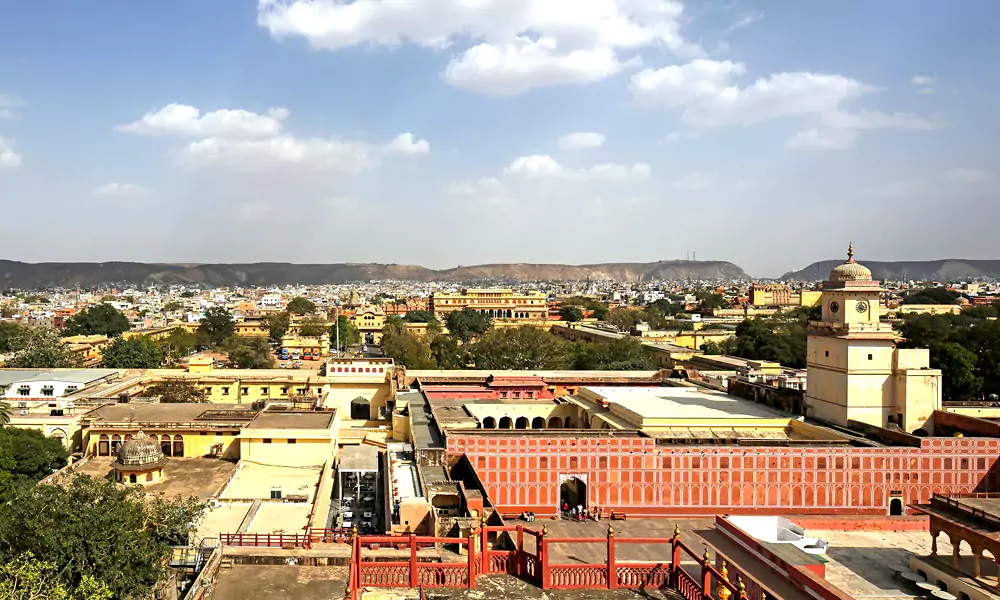
The City Palace of Jaipur is a splendid blend of Rajasthani and Mughal architecture. It houses several museums, courtyards, and gardens, offering a glimpse into the royal heritage of Jaipur.
5. Hawa Mahal
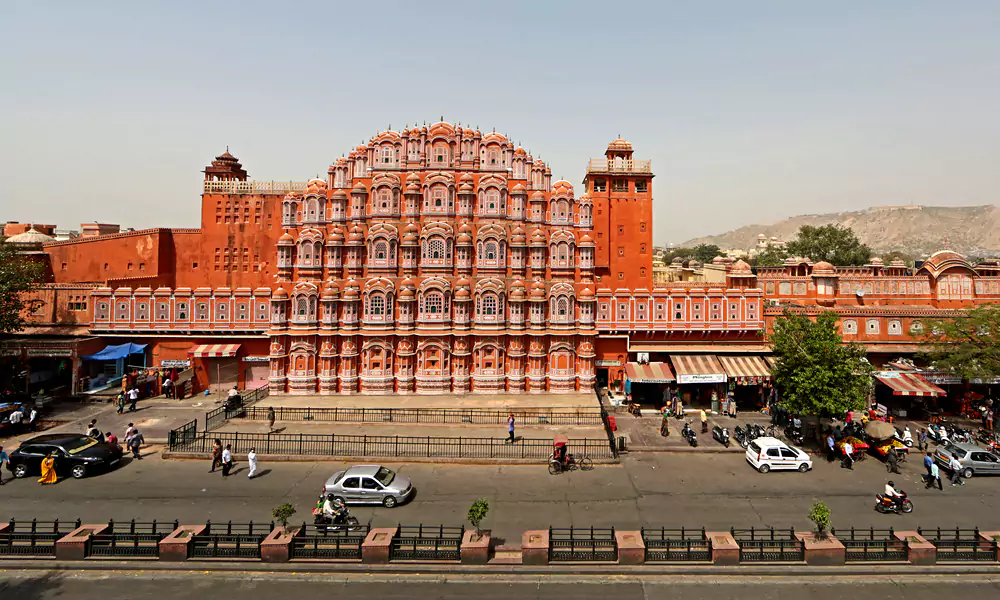
Hawa Mahal, or the Palace of Winds, is an iconic structure with a unique façade featuring numerous windows. It was built to allow royal ladies to observe street festivals while remaining unseen.
Travel Tips
To make the most of your visit to Nahargarh Fort, consider the following travel tips:
- Wear Comfortable Shoes: The fort complex is vast, and exploring it involves a fair amount of walking. Comfortable shoes are essential for a pleasant experience.
- Carry Water and Snacks: While there are some food stalls near the fort, it’s advisable to carry water and light snacks to keep yourself hydrated and energized during the visit.
- Check the Weather: Jaipur can get quite hot, especially during the summer months. Check the weather forecast and dress accordingly to stay comfortable.
- Hire a Guide: To gain a deeper understanding of the fort’s history and significance, consider hiring a local guide. They can provide valuable insights and enhance your experience.
- Respect the Heritage: Nahargarh Fort is a historical site, and it’s important to respect the heritage and maintain cleanliness during your visit.
Frequently Asked Questions (FAQs)
Yes, Nahargarh Fort is open to visitors every day of the week from 10:00 AM to 6:00 PM.
The best time to visit Nahargarh Fort is during the winter months, from October to March when the weather is pleasant.
The entry fee for Nahargarh Fort is ₹50 for Indian tourists and ₹200 for foreign tourists.
Yes, there are food stalls and small restaurants near Nahargarh Fort where visitors can enjoy snacks and refreshments.
Yes, the monsoon season offers a unique experience with lush green surroundings, but occasional rain showers can be expected.
Conclusion
Nahargarh Fort, with its rich history, stunning architecture, and panoramic views, is a must-visit destination for anyone exploring Jaipur. The fort’s strategic location, intricate design, and serene ambience make it a perfect retreat from bustling city life. Whether you’re a history enthusiast, a nature lover, or a photography aficionado, Nahargarh Fort offers something for everyone. Plan your visit to this majestic marvel and immerse yourself in the regal charm of Rajasthan’s glorious past.
